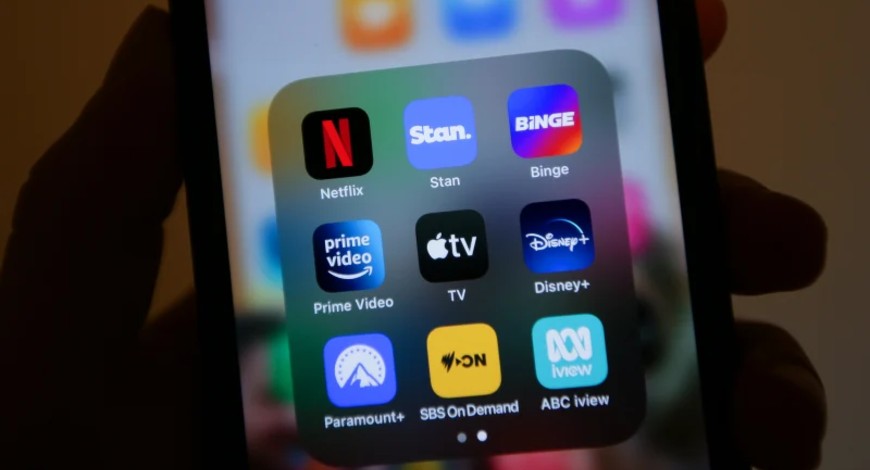International Circuit
TV codes out of date in streaming era, communications watchdog warns

Australia’s media regulator is urging broadcasters to update their codes of practice and develop new rules to cover online services such as live-streaming and catch-up TV, as data shows more Australians are watching on-demand content than ever before.
In a position paper released on Wednesday, the Australian Communications and Media Authority concluded the nine broadcasting industry codes covering free-to-air and commercial TV and radio were out of date, calling for them to be expanded to cover online platforms.
Many of the industry codes had not been updated for years, ACMA found, and “most current codes of practice do not apply to online content, even when that content appears on a broadcaster’s live-streamed, catch-up or on-demand platform”.
But the authority stopped short of recommending explicit changes to the codes. It instead identified a range of “core audience expectations” in areas such as accuracy and impartiality, stating that “providers should prevent the amplification or spread of misinformation and disinformation”.
The absence of misinformation provisions in the industry codes came to the fore last year, amid a furore over YouTube’s decision to suspend Sky News from using its platform for breaching its COVID-19 misinformation policies. This prompted a debate about whether the tech giant was better equipped than ACMA in addressing misinformation spread through traditional broadcast mediums.
In the paper, ACMA also identified “an increased level of public concern about the welfare and wellbeing of people” who participated in shows such as reality TV programs.
It suggested a “best-practice” approach would “ensure that ordinary individuals who participate in content are fully informed about the implications of their involvement before they agree to participate”.
The paper also noted that while all the industry codes prohibited content that was discriminatory or incited hatred, to be considered in breach it often had to pass a threshold of “intense dislike, serious contempt or severe ridicule”.
ACMA said complaints it had received under these provisions suggested this was out of sync with community expectations.
“For example, existing rules may not adequately recognise or account for the cumulative effect of discriminatory or highly offensive content that, over time, may increase harms to targeted individuals/groups as well as the broader community,” the paper said.
In a separate research report, ACMA found that in 2021, for the first time, Australians watched more video content online via subscription services in any given week (58 per cent) than via traditional broadcast TV (54 per cent).
“With the rapidly changing content environment, we consider there is an urgent need for broadcasters to apply content rules consistently across their multiple delivery platforms so that all their audiences are afforded similar protections,” ACMA chair Nerida O’Loughlin said.
She said the authority expected “broadcasters will take this research into account when reviewing and updating their respective co-regulatory codes of practice”.
ACMA oversees a co-regulatory regime established by the Broadcasting Services Act 1992, which requires Australian broadcasters to develop industry codes of practice that establish content safeguards for their TV and radio audiences.
The codes do not cover streaming services such as Netflix, Stan and Disney+.
Free TV Australia, the lobby group for commercial broadcasters Seven West Media, Network Ten and Nine (which shares a parent company with this masthead), said its broadcasters were “proud of our commitment to ensuring community standards”.
“We look forward to engaging with the ACMA on the issues raised in their position paper,” chief executive Bridget Fair said. Sydney Morning Herald





